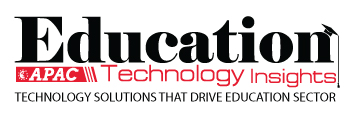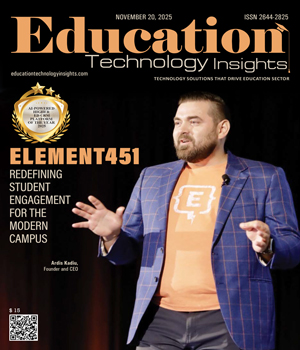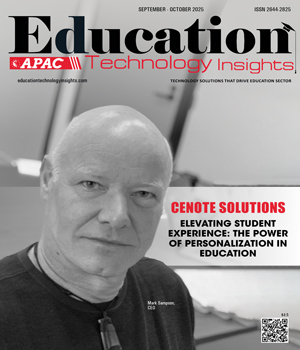THANK YOU FOR SUBSCRIBING
Be first to read the latest tech news, Industry Leader's Insights, and CIO interviews of medium and large enterprises exclusively from Education Technology Insights
Bridging Classroom and Clinical by Reimagining Allied Health Education
Josephine Williams Cody, Senior Surgical Technology Program Director, Pima Medical Institute
 Josephine Williams Cody, Senior Surgical Technology Program Director, Pima Medical Institute
Josephine Williams Cody, Senior Surgical Technology Program Director, Pima Medical InstituteJosephine Williams Cody is a Seattle-based Program Director in Surgical Technology with over 14 years in higher education, curriculum design and clinical leadership. She leads interdisciplinary simulations, mentors educators and champions culturally responsive teaching. She also created a women’s wellness community focused on midlife health and empowerment.
I n my 14 years as a surgical technology educator and program director, I’ve witnessed firsthand the delicate balancing act between academic instruction and clinical readiness. The evolution of healthcare education demands more than just meeting accreditation standards—it calls for innovation, empathy and a deep understanding of how to prepare students for the unpredictable, high-stakes environments they are stepping into.
Clinical Education: Where Real Learning Begins
Clinical education is not simply a rotation—it’s where students transition from passive learners to active team members. One lesson I’ve learned: real learning often begins when students are faced with uncertainty.
To bridge classroom theory with clinical practice, we launched interdisciplinary mock surgeries. Our most recent event, “Jo Visits the Dentist,” brought together Dental Assisting, Medical Assisting, Radiography, Surgical Technology, Veterinary Technician and Sterile Processing students to follow one fictional patient’s journey. It was a powerful and humbling experience to watch students communicate across disciplines, make decisions in real time and understand the critical role each member plays in patient care.
These kinds of immersive simulations not only build clinical confidence but also highlight the importance of collaboration—a skill often overlooked in standard curricula.
Curriculum Development: Rooted in Relevance
Outdated curriculum is one of the most significant threats to student success. I’ve inherited programs where core competencies hadn’t been updated in nearly a decade, despite rapid changes in technology, procedure and policy.
“To bridge classroom theory with clinical practice, we launched interdisciplinary mock surgeries. Our most recent event, “Jo Visits the Dentist,” brought together Dental Assisting, Medical Assisting, Radiography, Surgical Technology, Veterinary Technician and Sterile Processing”
One best practice I’ve adopted is involving adjunct faculty, recent graduates and clinical partners in curriculum review. These are the people on the front lines. Their insights have helped us modernize lesson plans, integrate technology like surgical simulators and add more emphasis on soft skills like communication and emotional intelligence.
Creating curriculum should never be a solo act—it should be a chorus of voices that reflects the evolving needs of the healthcare community.
Higher Education’s Challenge: Flexibility without Compromise
Today’s students are older, busier and more digitally driven than ever. Many are working parents or career changers. They need flexible learning models—but flexibility can’t mean lowering the bar.
What’s worked well for us is creating hybrid programs that keep the rigor but allow students to access lectures and study materials on their own schedules. We’ve also adopted microlearning techniques and modular assessments to keep students engaged without overwhelming them.
We cannot afford to let students “slide by” because the program is tough. Our role is to support them through it—not soften it, but structure it to be accessible, relevant and accountable.
As education leaders, our responsibility is not only to teach but to transform. We are shaping the future of healthcare, one student at a time. That means constantly revisiting our practices, listening to those we serve and embracing change as part of the process—not the exception to it.
If we want our graduates to be adaptable, resilient and collaborative, our programs must reflect those same values.
Read Also
Goldilocks Regulation
Beyond the Quiz: Redefining Competence in eLearning
Beyond Theory and Into Monday Morning: Enhancing Graduate Programs for Teachers
Safeguarding Students in the Age of Deepfakes: An Educational Imperative
Delivering Excellence in Education through Transformative School Leadership
Curriculum Innovation for Student Success and Institutional Growth

I agree We use cookies on this website to enhance your user experience. By clicking any link on this page you are giving your consent for us to set cookies. More info

However, if you would like to share the information in this article, you may use the link below:
www.educationtechnologyinsightsapac.com/cxoinsights/josephine-williams-cody-nid-3293.html





















